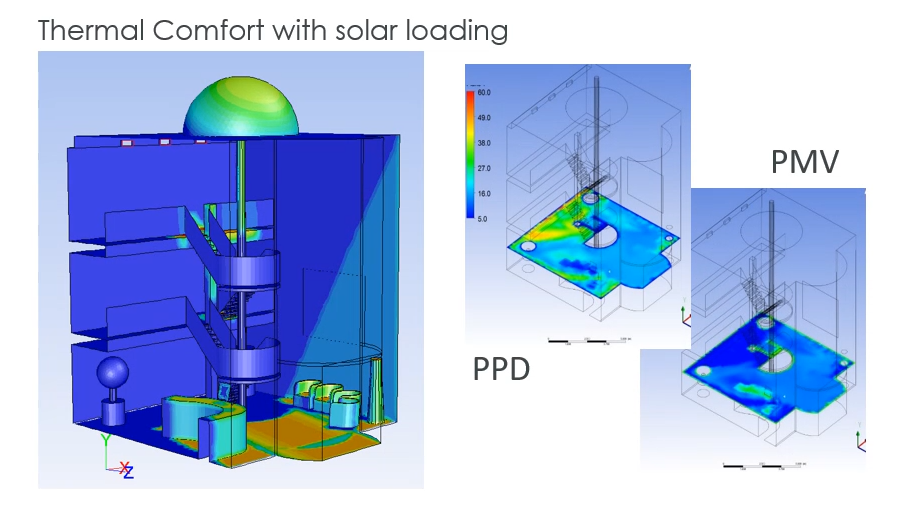
4 core applications where CFD is changing the HVAC & Construction industry
Over recent years we have seen significant growth in infrastructure and construction across our major capital cities in Australia and New Zealand, and in turn

Over recent years we have seen significant growth in infrastructure and construction across our major capital cities in Australia and New Zealand, and in turn

In cricket, reverse swing bowling is much talked-about but often misunderstood. Conditions in the much anticipated 2019 Ashes cricket series between Australia and England are expected to be conducive to reverse-swing bowling. Let’s use some CFD examples to help better understand the science of reverse-swing bowling.
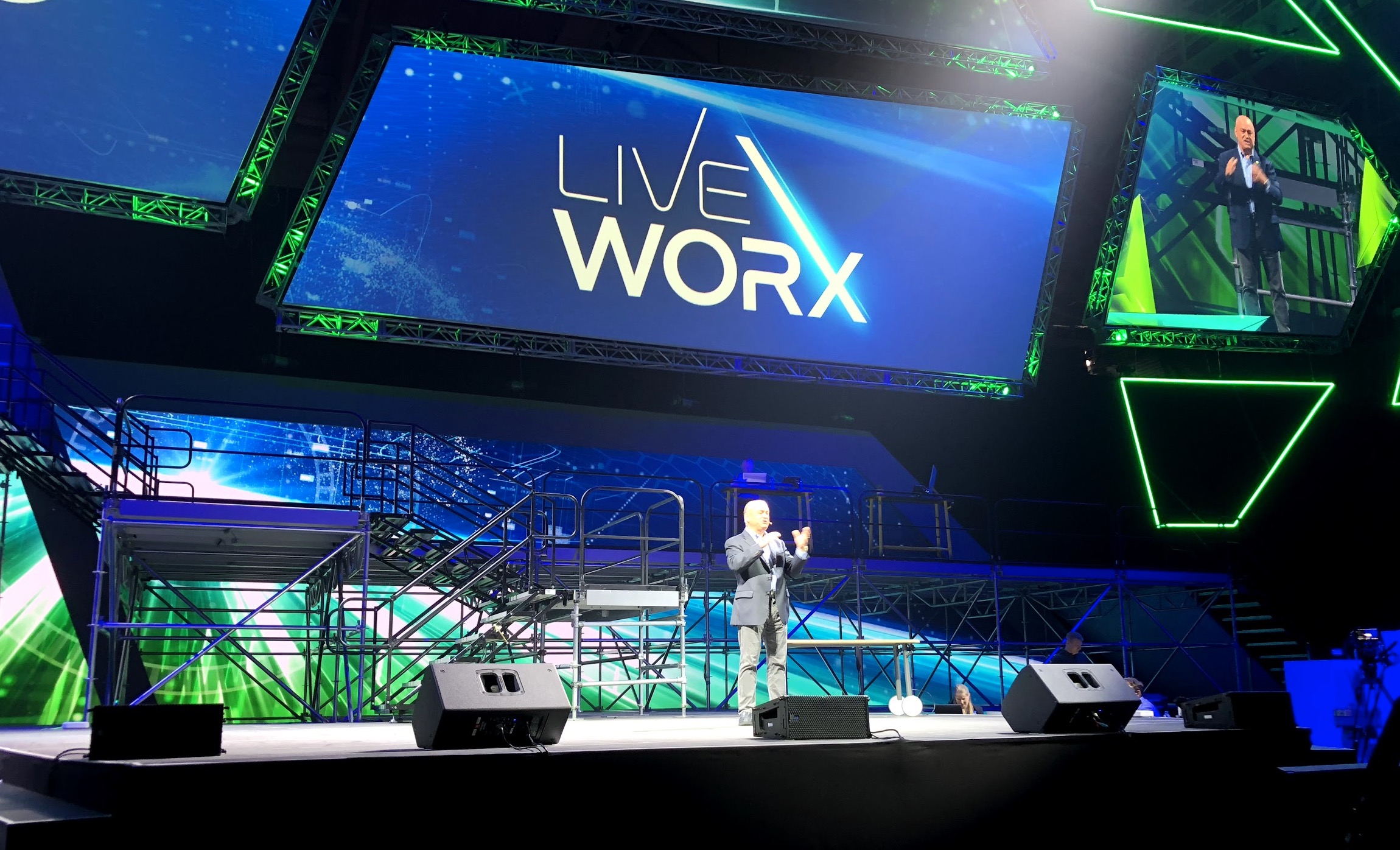
LEAP had the pleasure of attending PTC’s LiveWorx 2019 held last month in Boston & bringing together over 6,500 attendees to learn about the latest
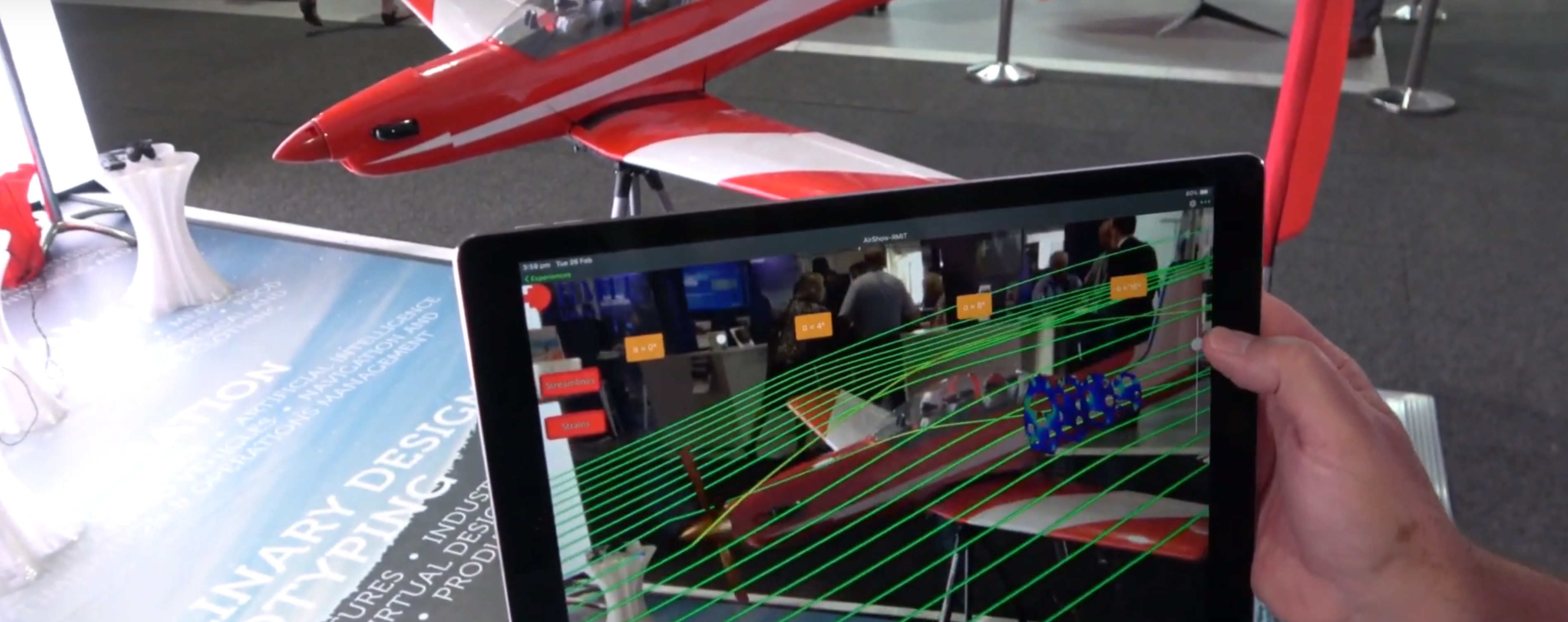
See examples of augmented reality (AR) helping to engage and educate at these two high profile events. In conjunction with RMIT University, in recent months
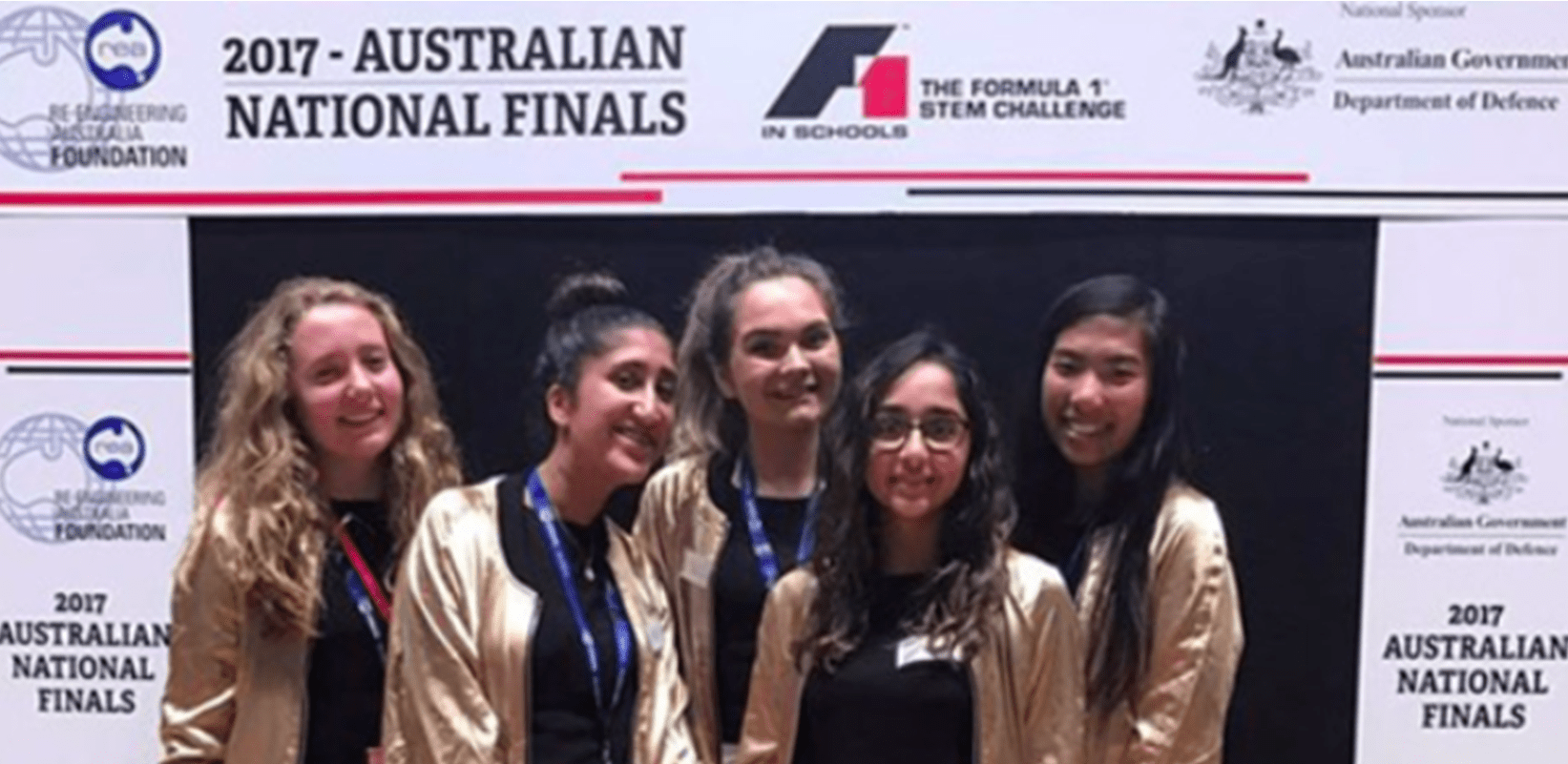
Leading to 2019 National Finals, hear some insights from Hoai Nguyen, Design Engineer from the Golden Diversity F1 in Schools team from Queechy High School – Hoai was closely involved in using CFD simulations and Augmented Reality for their car and display for the 2017 World Finals.
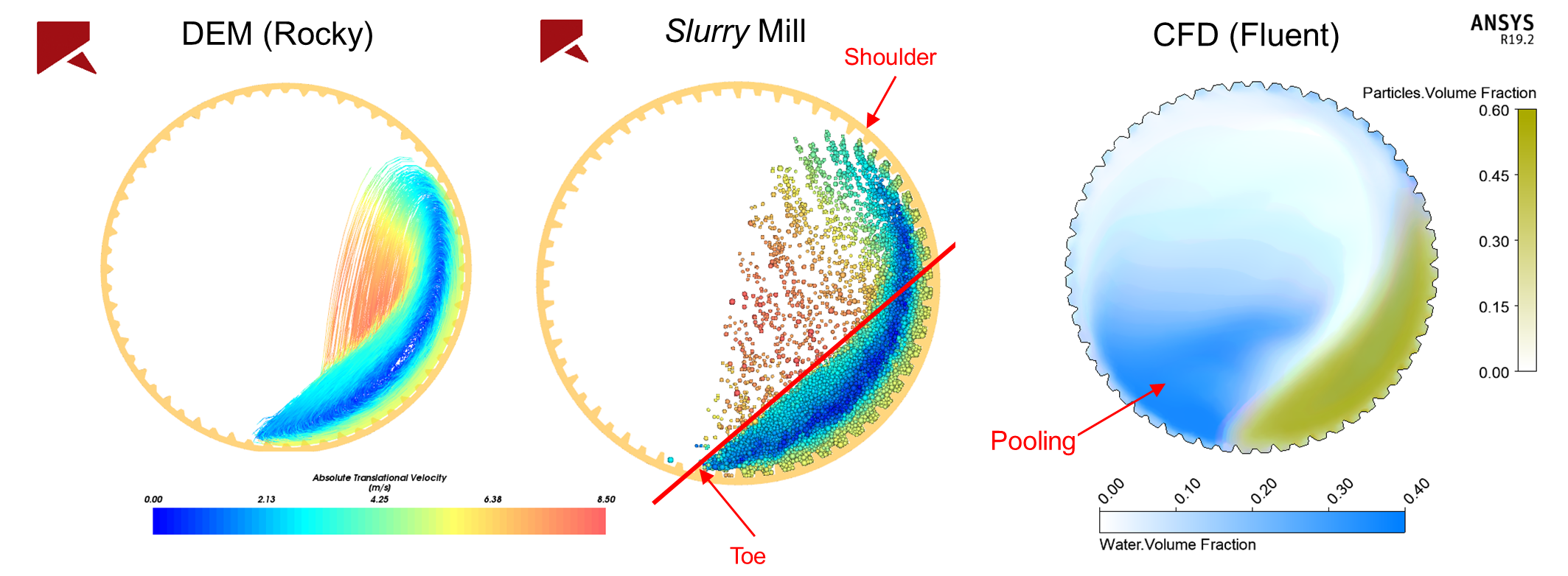
LEAP will be in Melbourne at the 2nd Int’l Symposium on Computational Particle Technology to showcase exciting new modelling work that has been completed recently using Rocky DEM and ANSYS CFD to predict liner wear in a semi-autonomous grinding (SAG) mill, using ANSYS CFD to model the effects of slurry flow within the mill on liner wear and particle breakage.
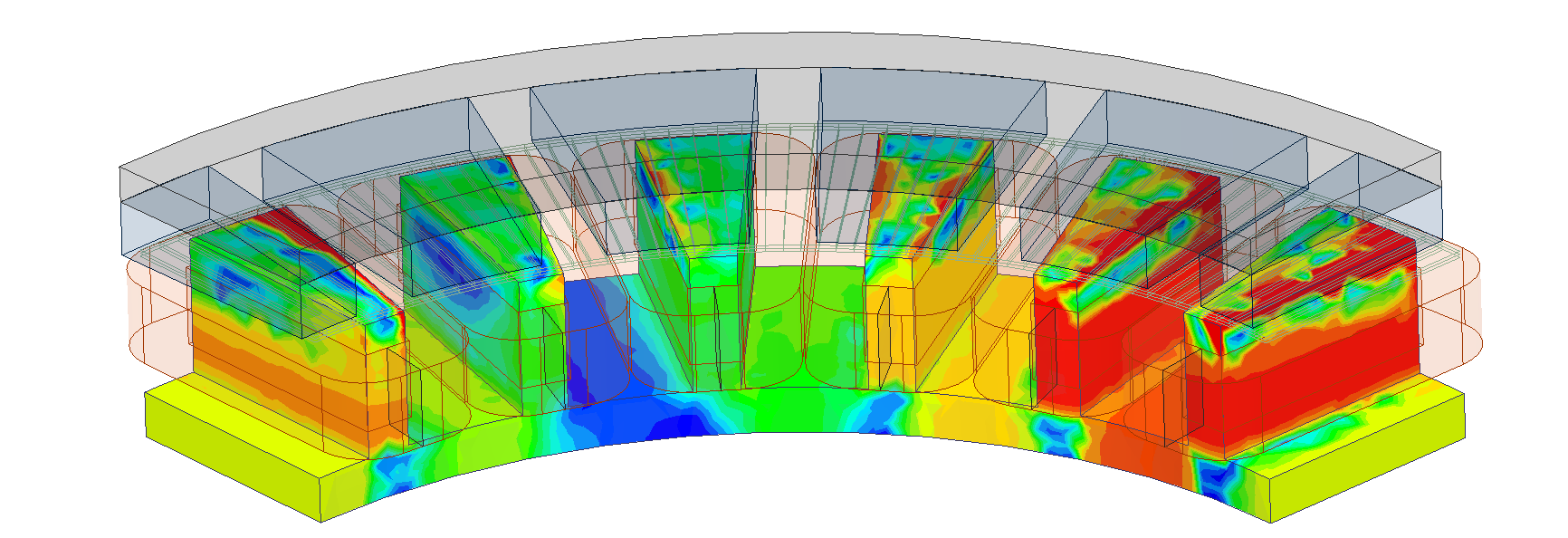
[vc_row][vc_column][vc_column_text]The Formula Student competition challenges engineering students from around the world to design, manufacture, market and race a small, open wheeled formula style racer. Since

[vc_row][vc_column][vc_column_text] This week marks the anniversary of the famous collapse of the Tacoma Narrows Bridge on Nov 7, 1940 – just 4 months after it
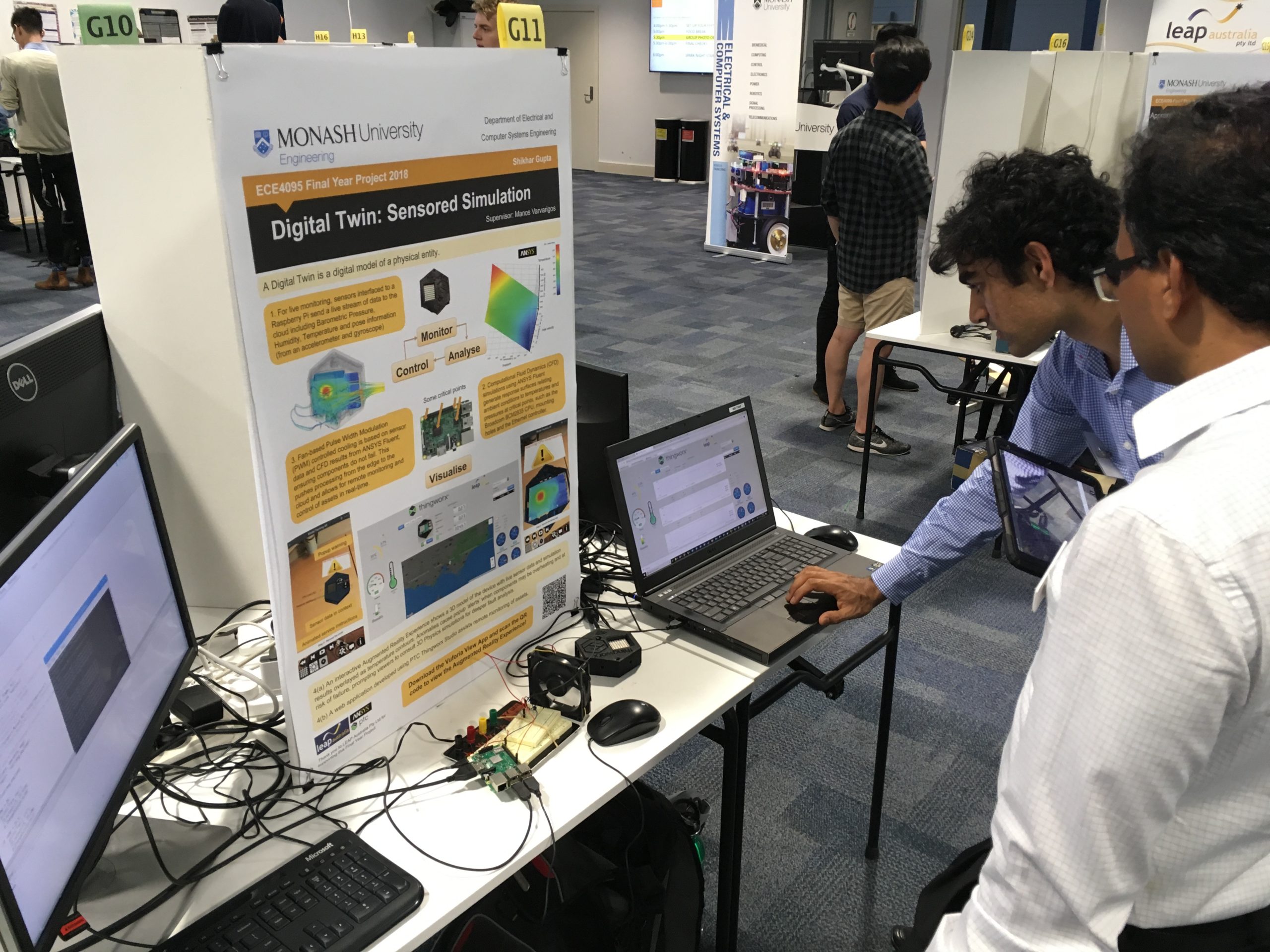
Guest Post by Shikhar Gupta, final-year student in the Faculty of Electrical and Computer Systems Engineering at Monash University, Victoria, Australia. Shikhar was a full-time

[vc_row][vc_column][vc_column_text]At LEAP we have been tracking the development of additive manufacturing (AM, aka 3D printing) very closely for the past decade, and we have no